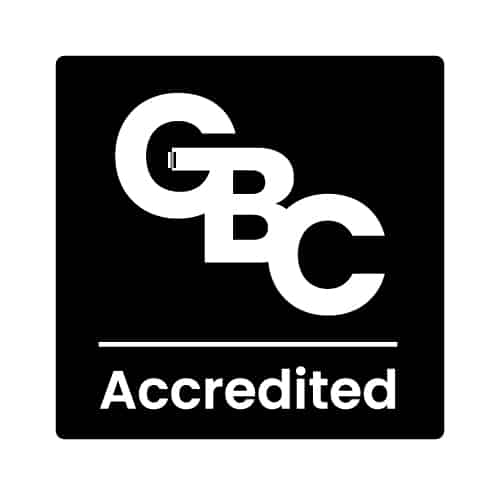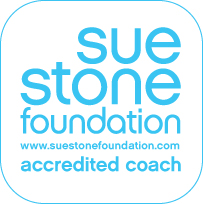There are many challenges associated with a leadership role, but none more so than making the initial transition from individual contributor, or team member, to leader. Being responsible for the future success of the organisation, as well as managing others, requires you to develop a very different skill set.
In this blog, we will consider five of the most significant challenges that anyone new to leadership may face and provide actionable steps with which to overcome them.
Delegation. Those new to a leadership role can often struggle to delegate effectively. This can be down to a number of reasons. Firstly, you may feel inhibited, struggling with imposter syndrome, and feeling less empowered to delegate, especially to those who were previously your peers.
You may alternatively feel you are better able to complete the task, or conversely, be less confident in your own ability, fearing instead that a team member may be better equipped to complete the task.
This damaging limiting behaviour can lead to micromanagement, burnout, and decreased productivity.
Solution: To overcome this challenge, it is important to understand that delegation is key in allowing yourself time to focus on the “bigger picture” required of your new position.
Not only this, but delegation also builds and communicates trust within your team; team members feel empowered and become more invested in the future success of the organisation. The first step of effective delegation is therefore learning to trust team members and identifying their individual strengths.
Clear communication of your expectations and provision of the necessary resources and support are the first steps to empowering others. After all, leadership is less about being the one “doing” and more about strategy – strategically employing the resources available to you for the overall benefit of the business.
Start by identifying tasks that can be delegated and selecting team members who are capable of handling those tasks. Set clear goals, define the results you are seeking and convey deadlines, and monitor progress without micromanaging.
Communication. Effective communication is a mainstay of effective leadership. Keeping your team informed, and knowing not only what to say, but how to say it is key.
Those new to a leadership role often struggle with communication because they are not used to communicating with multiple stakeholders, including team members, peers, and senior leaders. They may also struggle to give feedback and manage difficult conversations.
Solution: To improve your communication skills, actively listen and understand different perspectives. One of the most underrated leadership skills is empathy. Taking time to talk to your team and to understand their viewpoint helps them to build trust in you, and also serves to inform you of their strengths and weaknesses as well as any challenges that they are facing within their work.
Giving constructive feedback and managing difficult conversations is another key leadership skill that needs to be mastered. Practice your communication skills regularly by seeking feedback from team members and colleagues and making necessary adjustments.
Time management. As a leader, it can be difficult to balance the responsibilities that come from increased demands on your time; not only managing your team, but attending meetings, and focusing on the strategic planning and increased workload, that comes from a leadership role. It is easy to get caught in the minutiae of every day, especially when you operate an “open door” policy with team members free to access you at any time throughout the day.
Solution: Start by prioritising your tasks and responsibilities based on their urgency and importance. A great tool to help accomplish this is the Eisenhower matrix (Download your copy here)
Effective diary management is key. That open-door policy is no longer effective, so ditch it in favour of specific, allocated times throughout the day or week when you make yourself available.
Set realistic deadlines and avoid multitasking, which can decrease productivity. Learn to say no to unnecessary meetings and requests that do not align with your goals and priorities. Using tools such as calendars and to-do lists effectively can help manage your time effectively. Blocking out time in your day that is a no-go for any meetings etc, but allows you time for reflection, preparation, and planning allows more flexibility in your day, whilst increasing your productivity.
Managing conflict. Conflict is inevitable in any team or organisation, particularly those going through change, and it can be challenging for new leaders to manage it effectively.
It can feel like a “quick fix” is the solution, avoiding the conflict or trying to resolve it quickly without considering all perspectives, leading to unresolved issues and resentment. But not every conflict in an organisation needs to be combative. Effective management and control of the situation can often diffuse any conflict before it has the opportunity to explode. For further information and support on managing conflict, download my free workbook here.
Solution: To manage conflict effectively, learn to identify and address conflicts early. Actively listening and giving equal weight to all perspectives, whilst seeking to understand the root cause of the conflict will result in both sides feeling “heard”.
Encourage open communication and collaboration to find a solution that benefits all parties involved, and consider seeking the help of a coach or mentor who can provide guidance and support in managing conflict.
Building trust. This is the single most important factor in building your authority and the foundation of any successful team or organisation. As a new leader, it can be challenging to build trust with your team members, especially if they are used to a different leadership style.
Solution: To build trust, new leaders need to demonstrate integrity and authenticity. This involves demonstrating transparency and honesty in both your communications and actions. Encourage open communication within your teams and ensure there is ample and regular opportunity for feedback.
Invest time and effort in getting to know your team members and understanding their strengths, weaknesses, and motivations.
So, how can you make your path to leadership easier?
My first suggestion is to seek out a mentor or coach: Finding a mentor or coach can be a game-changer for those new to a leadership role.
A mentor or coach, whether found internally within your organisation, or externally, can offer guidance, support, and feedback on your leadership skills and help you identify areas for improvement.
They can also offer a valuable fresh perspective on challenges you may be facing and provide insights on how to handle difficult situations.
If you’re not sure where to start, consider reaching out to industry associations, networking groups, or professional coaching organisations to find a mentor or coach that fits your needs.
Secondly, build a strong support network: Being a leader can be lonely at times, but it doesn’t have to be.
Building a strong support network of peers, colleagues, and friends can help you stay grounded and connected to others. It’s important to find people who share your values, goals, and interests and who can offer support and encouragement when you need it most.
Attend industry events, join online forums or social media groups, or participate in local networking groups to meet other professionals in your field. Building a strong network of trusted peers allows a fresh perspective on any challenges that you are facing and can be invaluable in realising that challenges affect every leader and that you are not alone!
In summary, it can be challenging as you adjust to your new leadership role. By taking the time to understand your strengths and weaknesses, developing both your communication and emotional intelligence skills, seeking out a mentor or coach to support you, and building a strong support network, you can overcome these challenges and thrive in your leadership role.
If you’re a new leader looking to improve your leadership skills and overcome the challenges you’re facing, consider booking a discovery call with me. As an executive coach, I can help you identify your strengths and weaknesses, develop your communication and emotional intelligence skills, and create a personalised plan to help you reach your leadership goals. Let’s work together to help you become the best leader you can be.










